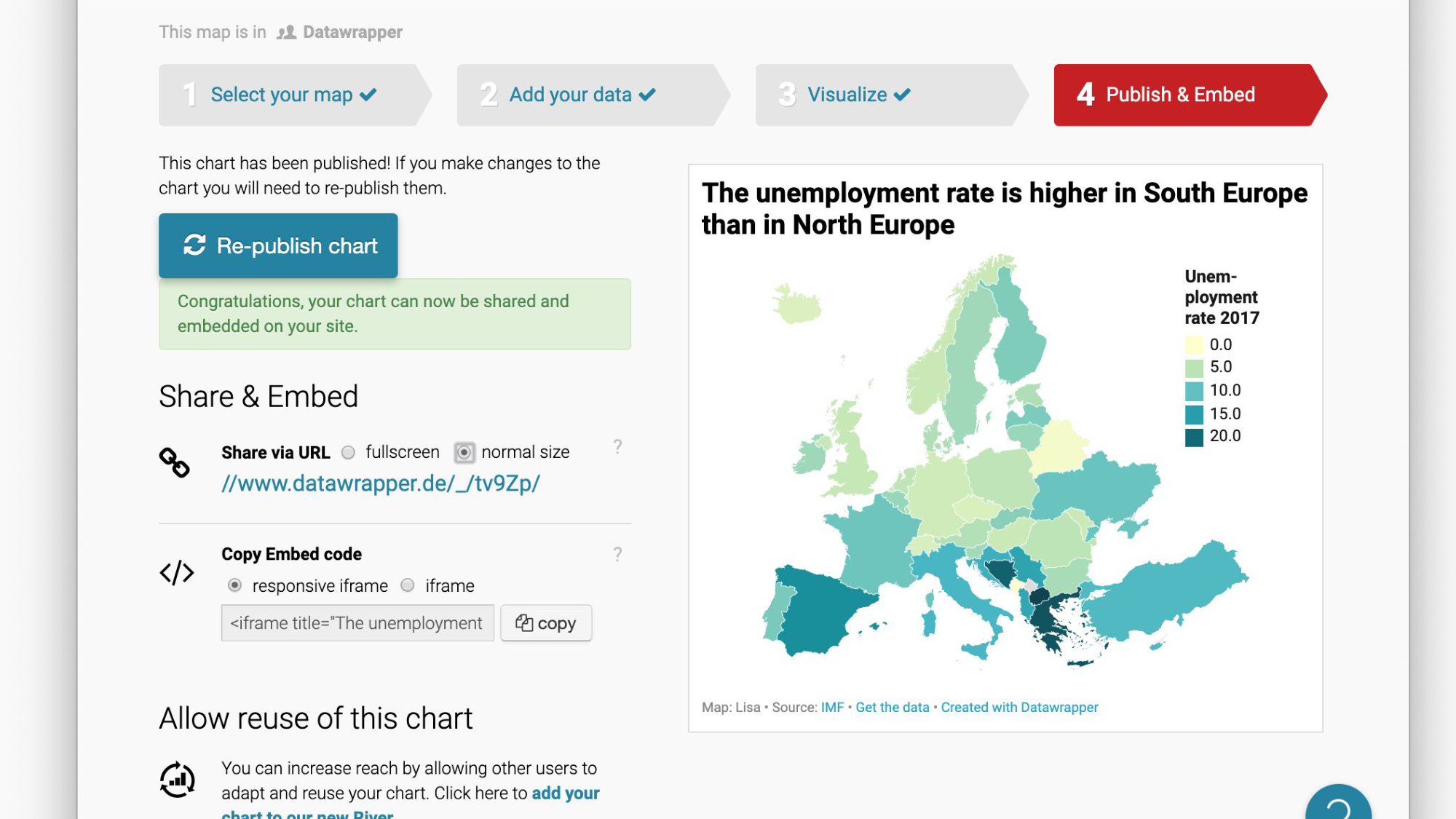How To Embed The Image Map Coderesponsive Image Map Creator
- How To Make An Image Map Responsive
- How To Embed The Image Map Coderesponsive Image Map Creator Download
- How To Embed The Image Map Coderesponsive Image Map Creator Software
- Responsive Image Map Generator
Step-by-step guide: How to create an image map
HelpNDoc makes it easy to create image maps that allow readers to click on regions of an image to access hyperlinks. An image map can be used to document parts of a screenshot, a photography, a road map… by allowing readers to click parts of the image to access greater details about it.
Step 1: Access image map editor
You have two options to complete the first step:
Option 1
Image Map Pro – Best In jQuery Image Map Plugins. Image Map Pro plugin comes with the feature of the rich web app, so you can quickly and easily create the most comprehensive selection of custom image maps. Also, you can put pins and custom shapes, and immediately export the maps to your website.
Click Add item in the Home ribbon tab.
This displays a menu. Select Add image map.
- Create media queries; Changing page orientation for mobile devices; Create web apps for mobile devices using Dreamweaver; Dynamic sites, pages and web forms. Understand web applications; Set up your computer for application development; Troubleshoot database connections; Removing connection scripts in Dreamweaver; Design dynamic pages.
- Choose file to upload (.Supported Image Formats: JPG, PNG, GIF) Click Upload and Create Map; After you have uploaded the image, you can create the custom image map by using various tools in the GMap Editor V2. Remember to preview and publish the map once you have finished the editing. Add Markers on the Image Map; Add Labels on the Image Map.
Option 2
Right-click your library panel to display a menu.
Select Add item.
This displays a menu. Select Add image map.
Step 2: Select image
This displays the ‘Insert an item into the library’ window:
Enter the name of the image map. This name will be displayed in your Library Panel.
Click No file included. This display a menu. Select Include file.
This displays a window that permits you to navigate to the file. After you locate and select the file, click Open.
This displays One item included.
Step 3: Define “clickable region”
The image you selected previously is now displayed in the window. It is now possible to add shapes on it using the Create shapes group:
Rectangles and Circles: Click the image to place the selected shape onto the image. Or, click the upper left-hand point of the region and while holding down your cursor pull downward to the right. Then, release your mouse.
Polygon: Click the first point of the region and then drag your mouse to the second point and click the image again. Repeat this process to define the desired shape. Double-click the last point to close the shape.
This creates a red shape, highlighting the “clickable region.” This highlighted region is not displayed to readers. It is displayed only to you to help you define the region.
Use the sizing handles to expand and collapse the region. Or, enter a value in the box to the right to adjust the size or position of a rectangle or circle.
Step 4: Define hyperlink
Select the shape for which you’d like to change the hyperlink. Then:
Link to: Click Click to change to open the ‘Edit hyperlink’ window.
Use this window to define the hyperlink. This is the location to which readers are taken when they click on the region you defined above.
Title: Enter a name for the region. This name is displayed as a hint when the user hovers over that specific shape.
When you’re done, click OK. This closes the ‘Image map editor’ window and returns you to the ‘Insert an item into the library’ window.
Click OK to save the image map and close the window.

To use the image map in your project, click it in the Library Panel and drag it to the place you’d like to use it in your project. When you release your mouse, the image map is dropped into that location. To update an image map, double-click it in the Library Panel or double-click the image map anywhere it appears in your project.
image-map.js is a responsive image map plugin for jQuery which makes clickable areas within the image map auto resize depending on the current viewport size.
Licensed under the Apache-2.0.
Installation:
How to use it:
1. Embed an image into the webpage and then create your own clickable areas using area element as shown below:
2. Load jQuery library (Slim build is recommended) and the jQuery image-map.js script at the end of your html document.
3. Initialize the plugin and we're done.
4. You're also allowed implement the image-map.js library in vanilla JavaScript:
Changelog:
2020-07-19
- v2.0.1: cleanup/simplify 'handleImageLoad' logic
2019-04-17
- v2.0.0 - Fixed yarn
2019-09-27
- v1.1.7 - add support for IE 9, 10, and 11
2019-06-09
- v1.1.6 - Upgrade vulnerable dependencies
2018-12-15
- v1.1.5 - fixed coords '0,0' on page load.
2018-10-25
- v1.1.4 - remove unnecessary codes
2018-10-19
- v1.1.3 - reduce bundle size by optimizing imports
2018-10-18
- v1.0.9: make an explicit check that $ is defined
2017-11-11
- v1.0.7: js update
How To Make An Image Map Responsive
2017-06-20
- v1.0.6: compatibility with default ES6 import
How To Embed The Image Map Coderesponsive Image Map Creator Download
2017-05-23
- v1.0.5: fix UMD module syntax and export
How To Embed The Image Map Coderesponsive Image Map Creator Software
This awesome jQuery plugin is developed by clarketm. For more Advanced Usages, please check the demo page or visit the official website.
Responsive Image Map Generator
- Prev: Create A Visual Folder Tree With jQuery - simpleTree
- Next: Nice Alert, Prompt And Confirmation Dialog Plugin - Dialog.js
